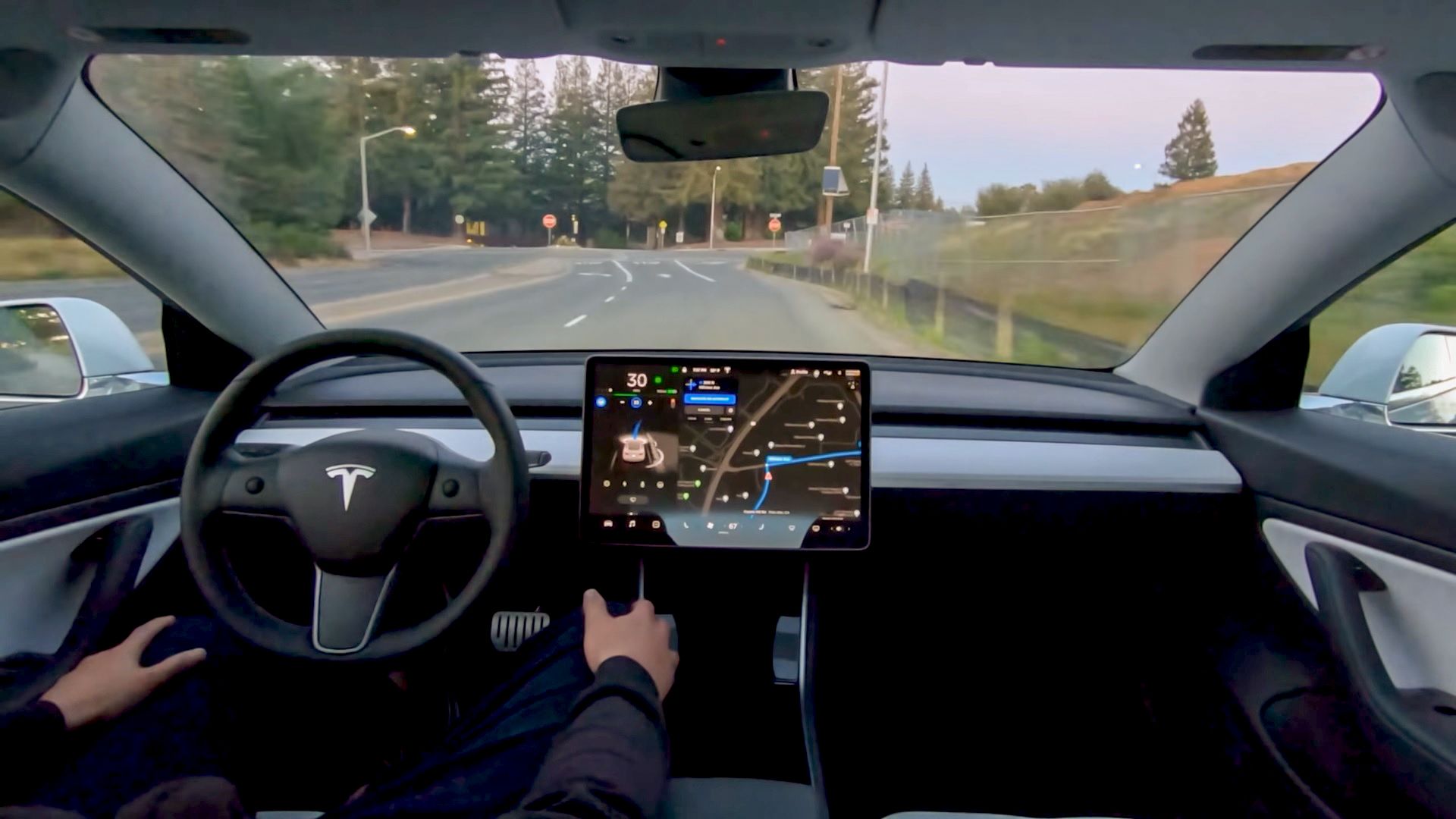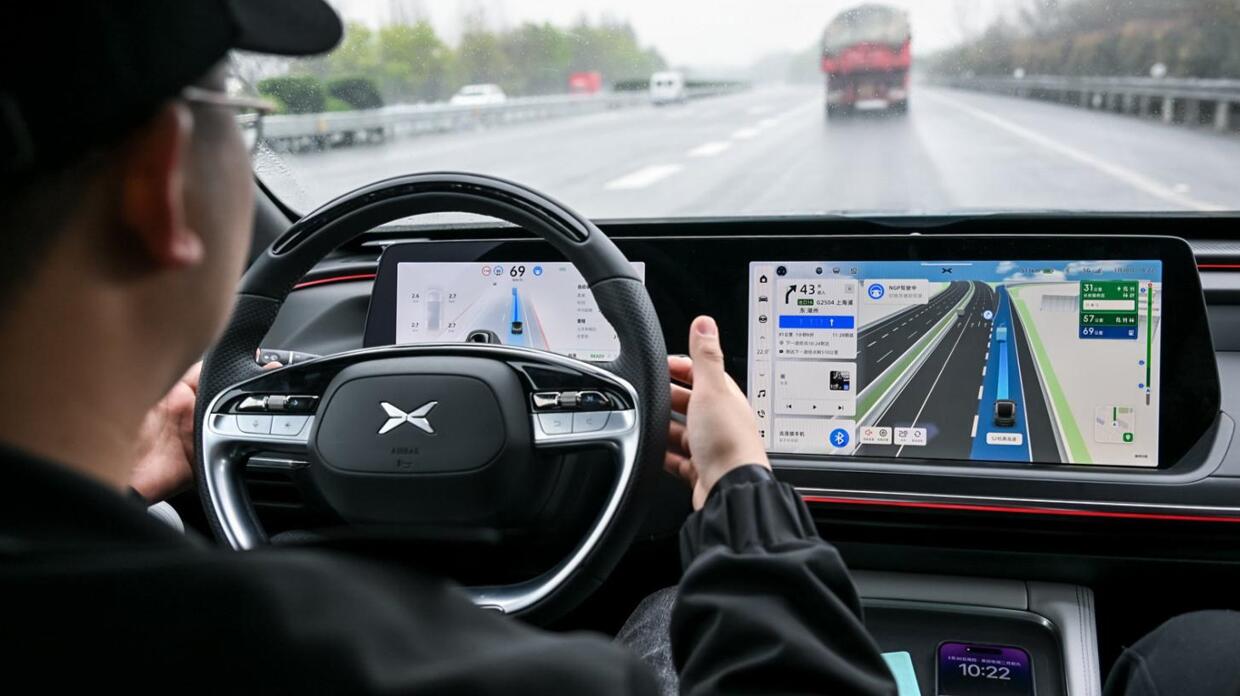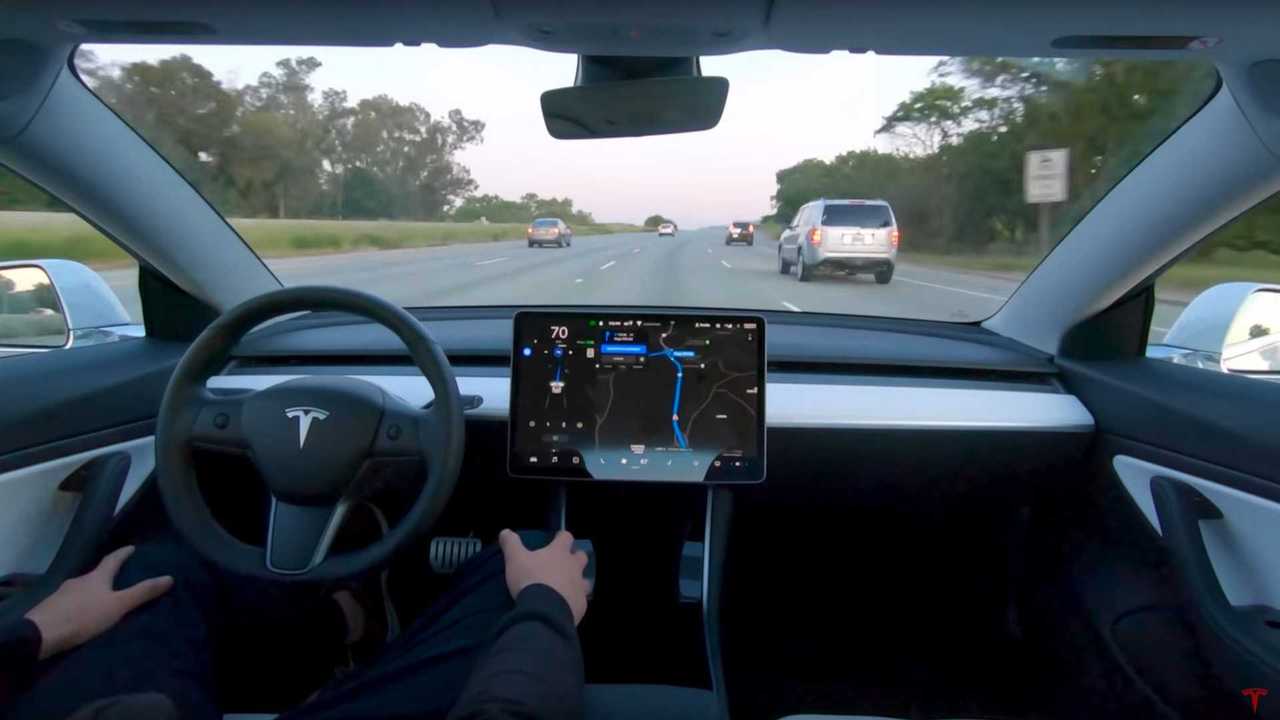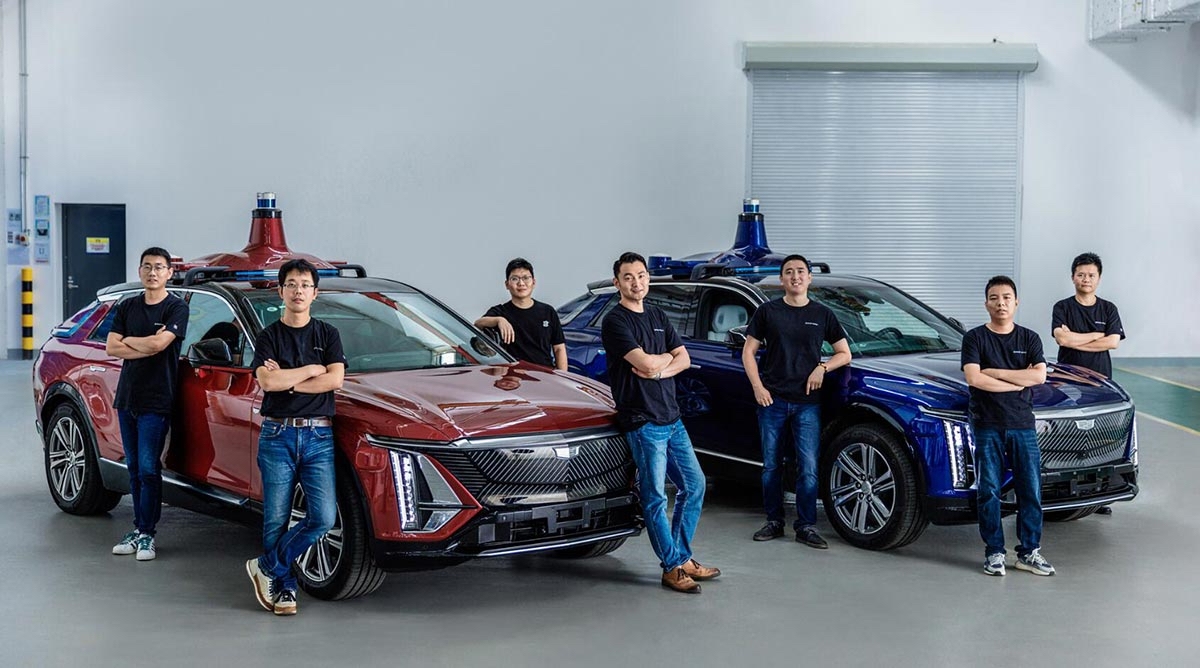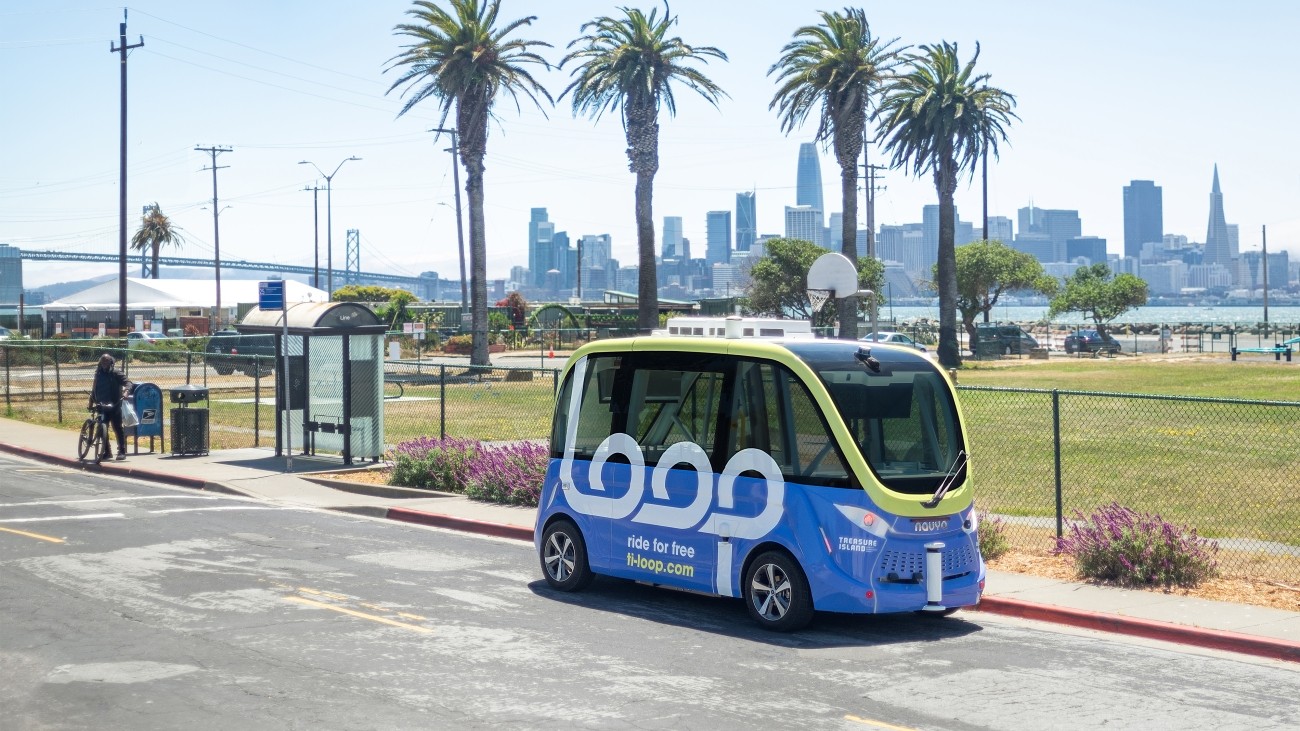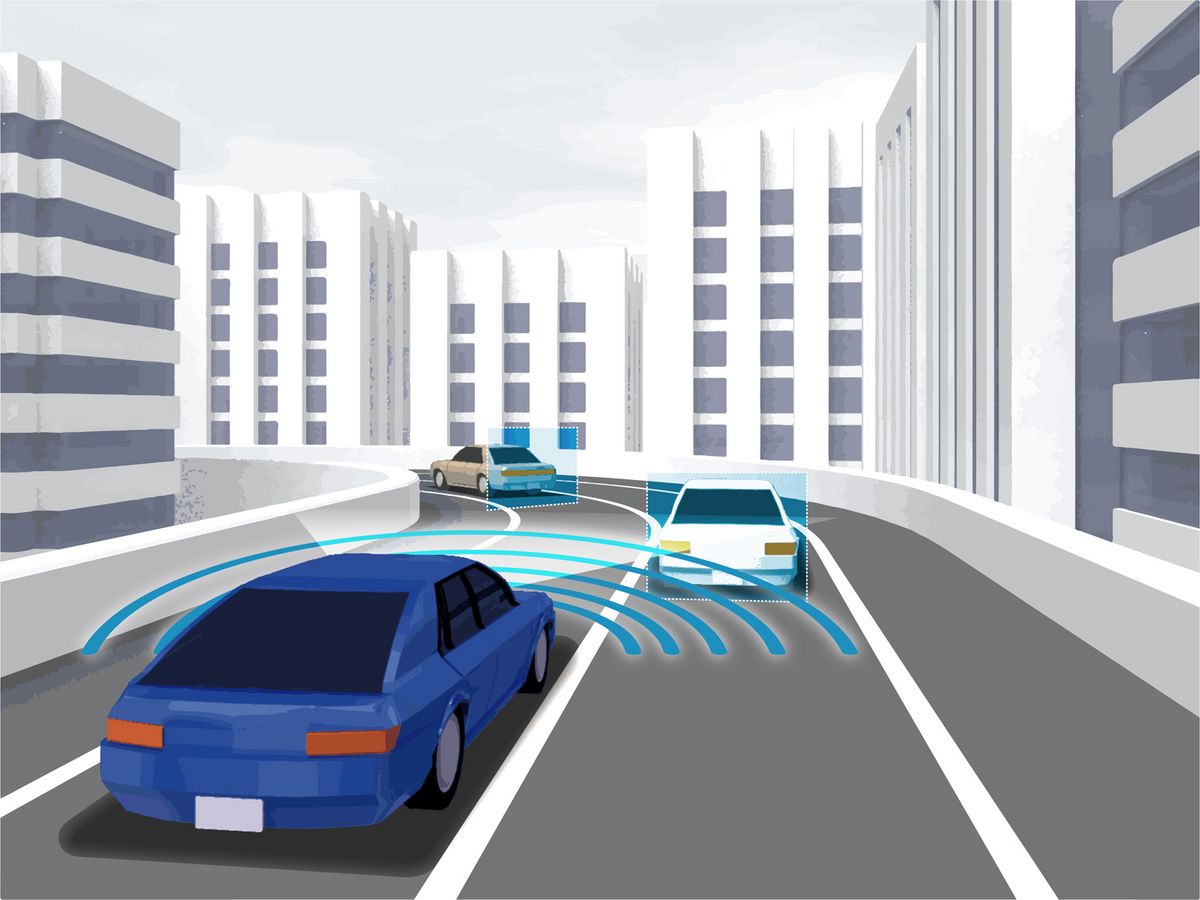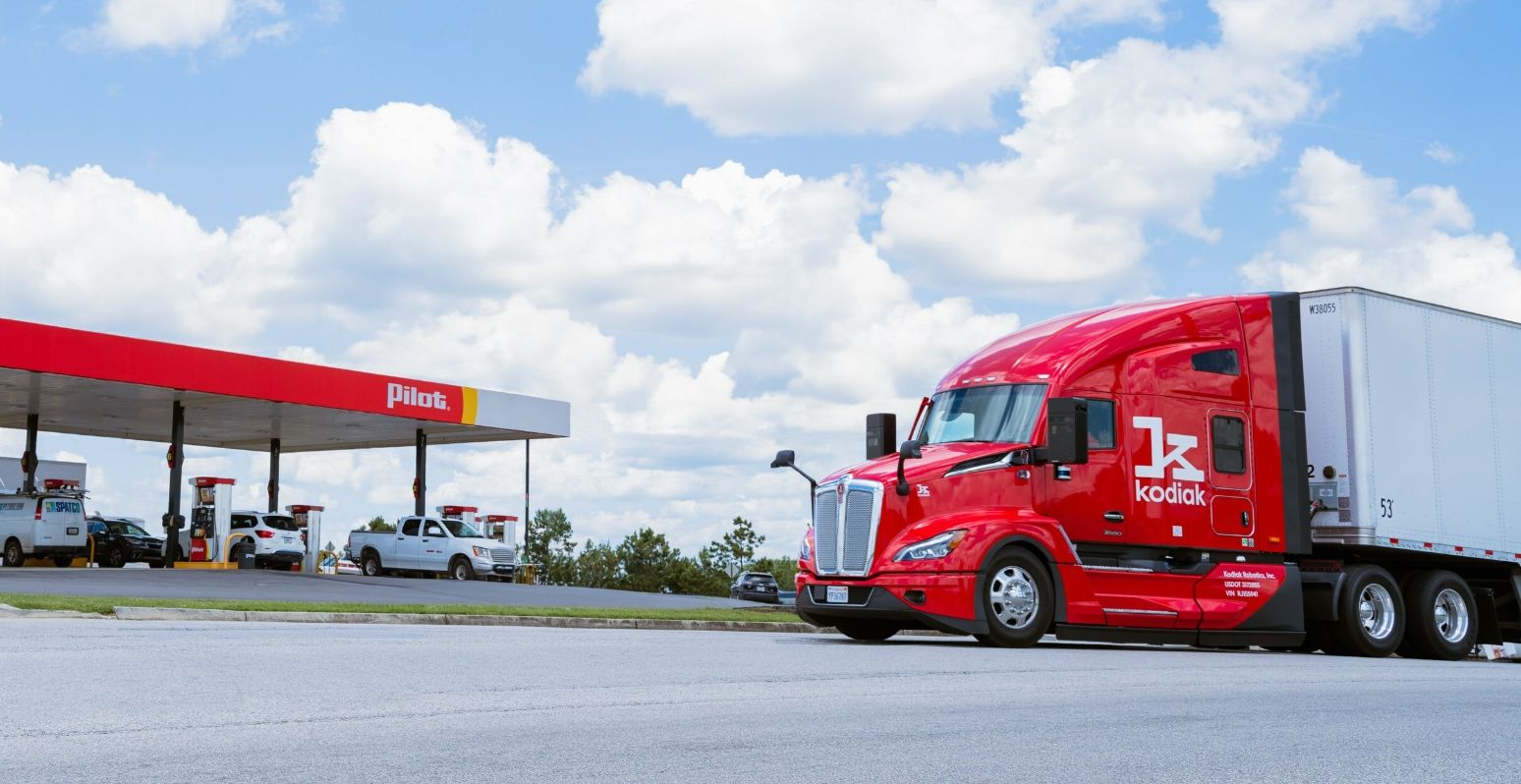The National Highway Traffic Safety Administration (NHTSA) is on the brink of finalizing its two-year-long inquiry into Tesla’s Autopilot system. Ann Carlson, the Acting NHTSA Administrator, recently disclosed to Reuters that the agency is poised to unveil the outcomes of this investigation “relatively soon.”
At the heart of the NHTSA’s comprehensive examination lies the pivotal question of whether the Autopilot feature was engaged in more than a dozen instances involving collisions between Tesla vehicles and stationary emergency vehicles. Furthermore, the agency is delving into the extent to which Tesla’s vehicles adequately ensure that drivers maintain their vigilance while utilizing the driver assistance system.
The inception of the investigation can be traced back to August 2021, with subsequent elevation to an engineering analysis in June 2022, as we have previously documented. This extensive scrutiny encompasses a staggering 830,000 Tesla vehicles, and its conclusions may potentially trigger a recall, contingent upon the findings established by the agency.
In recent weeks, the NHTSA has been actively soliciting contemporaneous responses and data from Tesla, further underscoring the gravity and depth of the ongoing investigation.
As we await the imminent release of the investigation’s findings, Carlson has underscored the paramount importance of drivers exercising unwavering attention while utilizing Autopilot or any other driver assistance system. Carlson eloquently stated, “It’s of utmost significance that drivers remain attentive. Equally crucial is the fact that driver monitoring systems must factor in the propensity of humans to place excessive trust in technology.”
The impending disclosure of the NHTSA’s findings promises to cast a significant light on the ever-evolving intersection of technology and automotive safety. In a world increasingly influenced by automated driving systems, the conclusions drawn from this investigation are poised to reverberate across both the automotive and regulatory landscapes.

